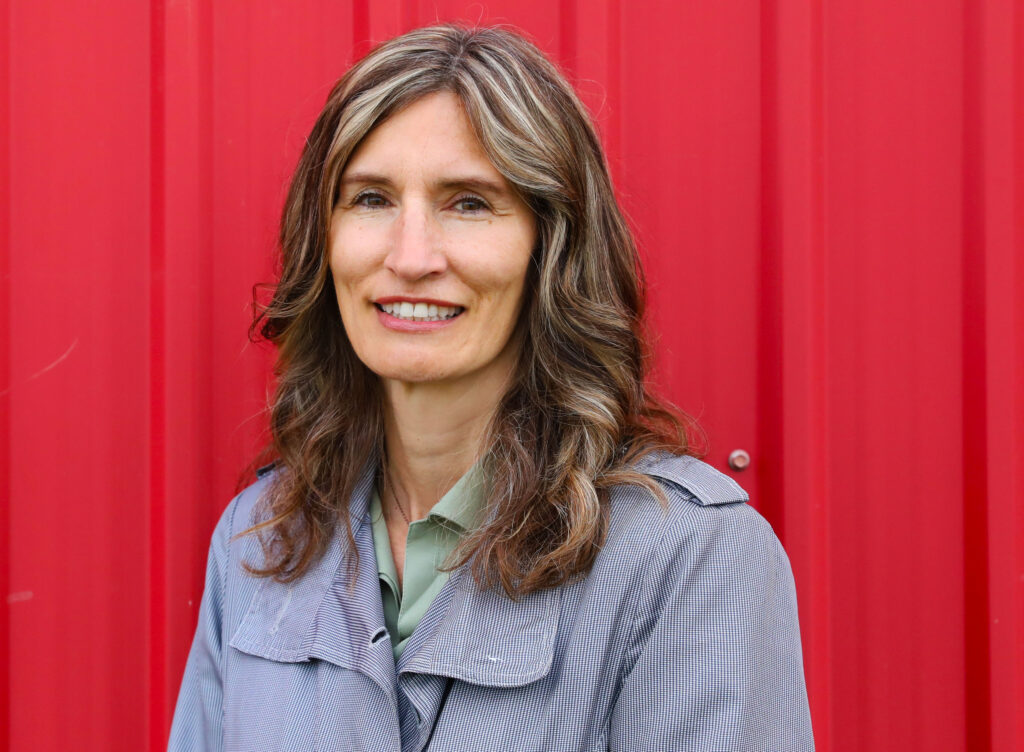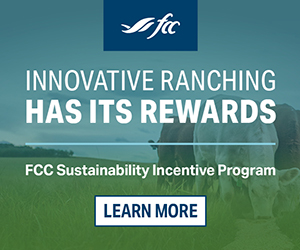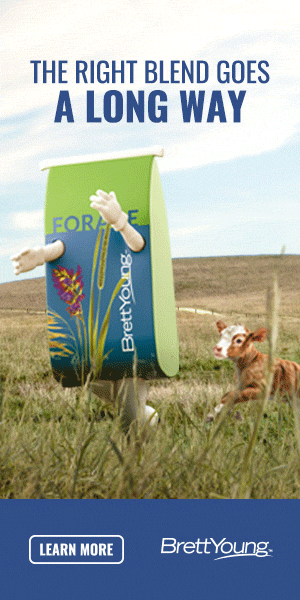AB Direct - Steers
Rail: ---
AB Direct - Heifers
Rail: ---
US Trade- Steers
Rail: 360.00 (IA)*few
US Trade - Heifers
Rail: 360.00 (IA)*few
Canadian Dollar
0.10
Decision Time: Selecting heifers for the season ahead
Each winter many producers face tough decisions about which heifers to retain to breed as replacements, and which to sell or send to the feedlot. Recent record-high cattle prices have great influence over those decisions.
It often begins with a visual appraisal…How does she look? How tall is she? What does she weigh? Is she old enough? Deciding which heifers will successfully conceive in the first two cycles is a challenge. Research underway at Lakeland College in Alberta aims to identify technological tools that support predictive analysis and reduce the guesswork.
Commonly, producers consider genetics, performance, growth, carcass traits and maternal traits. New
technology, such as remote sensing and genomics, is being investigated to see if it helps producers better
predict the success of a replacement heifer.

“Really, I don’t want to allocate expensive pasture and feed to heifers that won’t pan out in the end. This
research is about finding indicators and identifying some good technology that will help us make the best
decisions,” says Dr. Susan Markus, rancher and livestock research specialist at Lakeland College.
Markus is leading the research in the Precision Ranching for Improved Reproductive and Grazing Efficiencies project, designed to look deeper into the factors that determine fertility earlier in the production cycle rather than waiting until pregnancy checking time.
The study is in its second of four years, and based on information collected to date on yearling females, Markus has been studying which factors might predict long-term success or failure to calve in the first two cycles.
Although it’s too soon to draw conclusions, Markus says the data suggests two tests appear to be helpful in replacement heifer selection: a reproductive tract score (RTS) via ultrasound and a DNA-based replacement heifer profitability index value (RHPI). “We’re still going through the data, but the promising thing we’ve found is that the RTS and RHPI can help inform our decisions,” says Markus.
Reproductive Assessment
The RTS can be done by a qualified vet using an ultrasound. The scan costs approximately $6, and goes
a step beyond external palpation to help identify the heifer’s maturity and state of puberty. It also identifies abnormalities in the reproductive system. Ideally it is performed no more than 60 days prior to breeding. Markus notes that the research data shows intramuscular fat is highly related to RTS, and open females have lower RTS, while there was no correlation found between fertility and body frame score, suggesting RTS may be a more helpful indicator than selecting the bigger heifers.
“We’ve tested these heifers for almost anything we could look at, both on and under the hide” says Markus. “We found the reproductive tract scan makes the most sense.”
DNA Testing
In the retroactive review of data on the first group of heifers, now pregnant with their second calves, Markus says, “We looked at their calving dates and related that back to some of the other characteristics. On the genomic side, the replacement heifer profitability index value seems to be quite valuable to assist in potential culling decisions.”
The replacement heifer profitability index (RHPI) can be obtained from a DNA test, which costs $35 to $40 one time in the life of the animal. It helps identify heifers with increased hybrid vigour, feed efficiency, fertility and longevity.
“Having genetic information like the RHPI allows me to first select the most mature animals using the reproductive tract scoring, and then layer on top of that the ones with the most genetic potential,” says Markus. “If I invest $6 in the ultrasound and $35 to $40 in the DNA test, then I can have a little more confidence in my decisions to not just get a heifer in calf, but to get a good calf.”
Planning Ahead
Putting together the tools Markus identifies with the breeding timeline, a good strategy to achieve high
pregnancy rates (along with good nutrition and a health protocol) may be to begin with DNA testing early in the new year on the heifers being considered. Producers can use the resulting RHPI values to begin sorting animals for genetic potential before spring.
Reproductive assessments could then be done within 60 days of bull exposure, and the results of those used to sort again. “Every month you wait, your heifers are going to get more mature. You want to find the ones that match up to your breeding season in order to get the best pregnancy rates in the first two cycles of breeding,” Markus suggests.
Conformation Matters
Conformation – studying the shape and structure of the heifer – is still one of the most commonly applied steps in determining an animal’s ability to produce viable offspring, and it will continue to be important.
But Markus’s research points to the possibility that verifiable, quantifiable and reliable data about the
inner workings of the animal may help producers more confidently select replacement heifers in the future.
“Instead of only looking at length and depth and those things we typically visually assess to determine if they are a good heifer, we can use the replacement heifer profitability index value and the reproductive tract scoring to increase confidence that the heifers we pick are going to get pregnant early, and that they’re probably the ones with the most genetic potential leading to more valuable offspring,” Markus concludes.
Valuations Support Bull Selection
Selecting bulls to sire the next generation is a complex process, too. Bull values vary based on characteristics like calving ease and lower birth weight, and depend on maintenance costs, performance factors and prices. Given the large variations in bulls available, deciding how much to invest in exchange for which traits and characteristics can be a challenge. For help with estimating breakeven bull prices, try the bull valuation calculator on the Beef Cattle Research Council (BCRC) website.
The calculator provides a general idea of how much a bull is worth based on ranch traits and characteristics. It’s a useful tool that helps producers have greater confidence in their bull selection decision-making process. Find it at beefresearch.ca.
This article was first published in Volume 3 Issue 4 of ABP Magazine (December 2023). Watch for more digital content from the magazine on ABP Daily.



